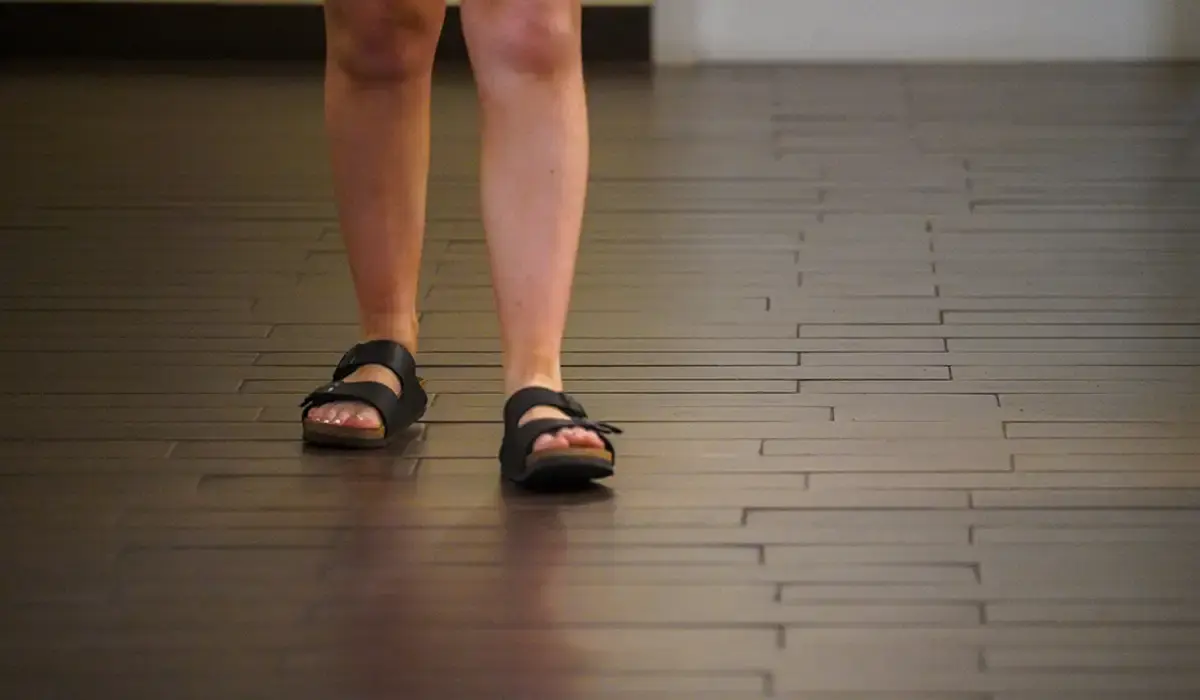Flooring
Magnetic Flooring Installation Guide: Pros and Cons

Magnetic Flooring Install Guide: Everything You Need to Know Before Starting
Magnetic flooring continues gaining popularity among DIYers thanks to its simplicity, sustainability, and stunning style transformation without professional installation required.
This innovative flooring solution allows homeowners to tackle stylish upgrades themselves, making it perfect for any Magnetic Flooring Install Guide enthusiast.
In fact, this guide will walk you through the benefits, materials, and exact installation process to help ensure a smooth result.
What Is Magnetic Flooring and Why It Matters
Magnetic flooring is a two-layer system that connects using magnetic attraction instead of nails, glue, or other traditional adhesives.
The bottom layer is a magnetic underlayment, while the top layer features iron-infused materials that magnetically lock onto the base.
Because it avoids harmful glues, magnetic flooring qualifies as a low-VOC choice, appealing to health-conscious and eco-conscious homeowners alike.
According to flooring expert Shauna Olsen, acrylic-infused hardwood magnetic planks resist warping and outperform traditional hardwood in demanding environments.
Benefits Highlighted in This Magnetic Flooring Install Guide
The low skill level required for installation is magnetic flooring’s greatest advantage, offering time savings and zero need for messy adhesives.
Additionally, the fast install process minimizes home disruption—most rooms finish in a few hours instead of days like standard flooring options.
Another bonus: individual planks are easily replaced, saving money on future repairs and reducing unnecessary waste during remodeling projects or accidents.
Homeowners enjoy flexibility and sustainability while enhancing aesthetics using magnetic floors in herringbone, plank, or modern checkerboard patterns as desired.
You can even remove and reuse the same tiles elsewhere, an uncommon benefit in most permanent flooring materials found in retail stores.
Because the planks attach without damaging the subfloor, you can swap them out for new styles without hiring a contractor or crew.
Magnetic Flooring Materials You’ll Need to Install
To complete the project successfully, follow this Magnetic Flooring Install Guide checklist and gather the proper materials before beginning installation work.
- Magnetic underlayment roll
- Magnetic flooring planks or tiles
- Measuring tape and utility knife
- Straightedge or chalk line
- Floor roller (optional but helpful)
All these tools help ensure precision and secure results, especially when installing trendy patterns like chevrons or diagonal hardwood layouts.
Step-by-Step Magnetic Flooring Install Guide
Step 1: Prepare the Subfloor Thoroughly
Before laying anything down, clean and level the subfloor. Remove nails, staples, or debris that could interfere with the magnetic bond.
Next, roll out the magnetic underlayment and cut it precisely to fit the room using a utility knife and measuring tape.
Step 2: Lay and Align the Underlayment
Roll out the magnetic base layer so it lays flat and stays put by weight. No adhesives or fasteners are necessary here.
Align the underlayment with your starting wall, pressing out any bubbles or folds with a floor roller or stiff broom for smoothness.
Step 3: Position and Secure Magnetic Planks
Now, begin laying the magnetic planks over the base layer, locking each tile or board in place with steady, deliberate pressure.
Magnets within the layers snap together tightly, keeping planks from shifting under foot traffic while still allowing easy removal when needed.
Step 4: Trim and Adjust for Fit
As you near the room edges, measure and cut planks to fit neatly around obstacles like vents, doorways, or cabinetry bases.
Use a utility knife or flooring cutter to keep your lines clean and your installation professional-looking from wall to wall.
Step 5: Enjoy Instant Results
Once installed, magnetic flooring requires no drying time or wait period. Walk across your new floor immediately after installation finishes.
For more complex layouts or refreshes, follow this Magnetic Flooring Install Guide again to swap designs or update damaged areas anytime.
Things to Consider Before You Buy Magnetic Flooring
While magnetic flooring offers many benefits, it does have some downsides—availability and price remain top concerns among interested homeowners today.
Because magnetic floors are newer to market, not all hardware or home improvement stores carry stock or samples to browse in-person.
Online orders are common, but require shipping time and careful measuring before purchasing the correct square footage for each room space.
Additionally, the upfront material cost is often higher than laminate or vinyl, although the DIY install saves money on professional labor instantly.
Over time, the investment may pay off as planks can be reused, moved, or replaced individually, without hiring expensive flooring specialists.
If you plan carefully, you can overcome the few drawbacks and still enjoy the impressive flexibility and performance magnetic flooring provides.
Final Thoughts
This Magnetic Flooring Install Guide proves magnetic flooring is an attractive, versatile, and easy-to-install option that homeowners can manage confidently themselves.
Its eco-friendliness, repair simplicity, and flexible design options make it ideal for those who enjoy renovating without high costs or permanent changes.
Explore more trending home improvement innovations and step-by-step DIY tutorials by browsing the latest articles on our website today.
